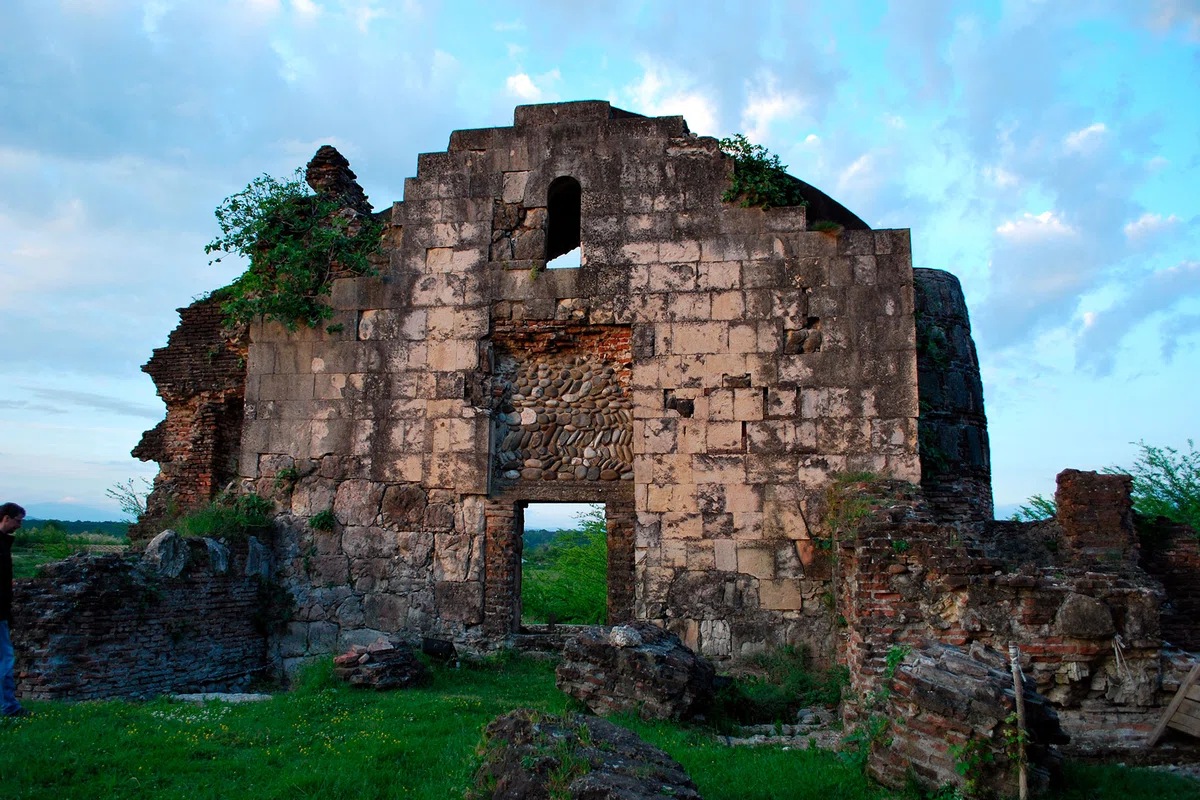
In the village of Geguti, in Tskaltubo there is a palace of the same name, a monument of Georgian architecture of the early Middle Ages.
The Geghuti Palace is located near Kutaisi, in the Georgian village of the same name. The building dates back to about the 8th century. The time of its construction is not known. During the excavations, scientists found that the construction of the palace began as a normal house with a fireplace
Geguti Palace is a very ancient and unknown to most tourists monument of Georgian architecture of the feudal era, the ruins of the largest royal palace in Georgia. Location: Tskaltubo municipality, Geguti village, about 7 km south of Kutaisi city center, to the river Rioni.
Geguti Palace, or Geguti Palace is one of the few secular attractions, for the most part the most beautiful places in Georgia are churches and monasteries. The palace grounds cover an area of more than 2,000 square meters. Geguti Palace is mostly mentioned in Georgian chronicles as a favorite resting place of the Georgian royal family.
The first building is considered to be a simple one-room building dating from the 8th-9th centuries:
The earliest building is considered to be an ordinary building with a fireplace, consisting of one room, approximately of the 8th or 9th century.
The main building of the royal residence was erected later, during the reign of King George III (1156-1184).
Most of the other buildings were built presumably in the 12th century, the period when a written mention of Geghuti appears in Kartlis Tskhovreba (a collection of medieval Georgian chronicles) for the first time.
Later, already in the 13-14th century, a temple and a number of outbuildings were added to the western side of the palace.
At the beginning of the 19th century, the only medieval palace of its kind was almost completely turned into ruins.
The earliest mention of the palace dates back to the 8th century in Juansher's "Life of Vakhtangia Gorgasali", in one of the lines of this work, the Kartli feudal Arcil said: "I will go and fortify myself in the fortress of Geghiti and Kutaisi."
The first researcher of Geghut palace was the Swiss traveler Debois de Monpere who in 1833 has developed a plan to preserve and restore the rest of the landmark. In 1937, renowned professors, architects and photographers began to study the Geguti. During the excavations about 60 artifacts were discovered (they are protected in one of the museums of Georgia).
In 1954-1962 the ruins of the palace were cleared and restoration work was carried out.
The sights of Georgia will give incredible pleasure even to the most pretentious connoisseurs of the beautiful things, you can be sure of that.
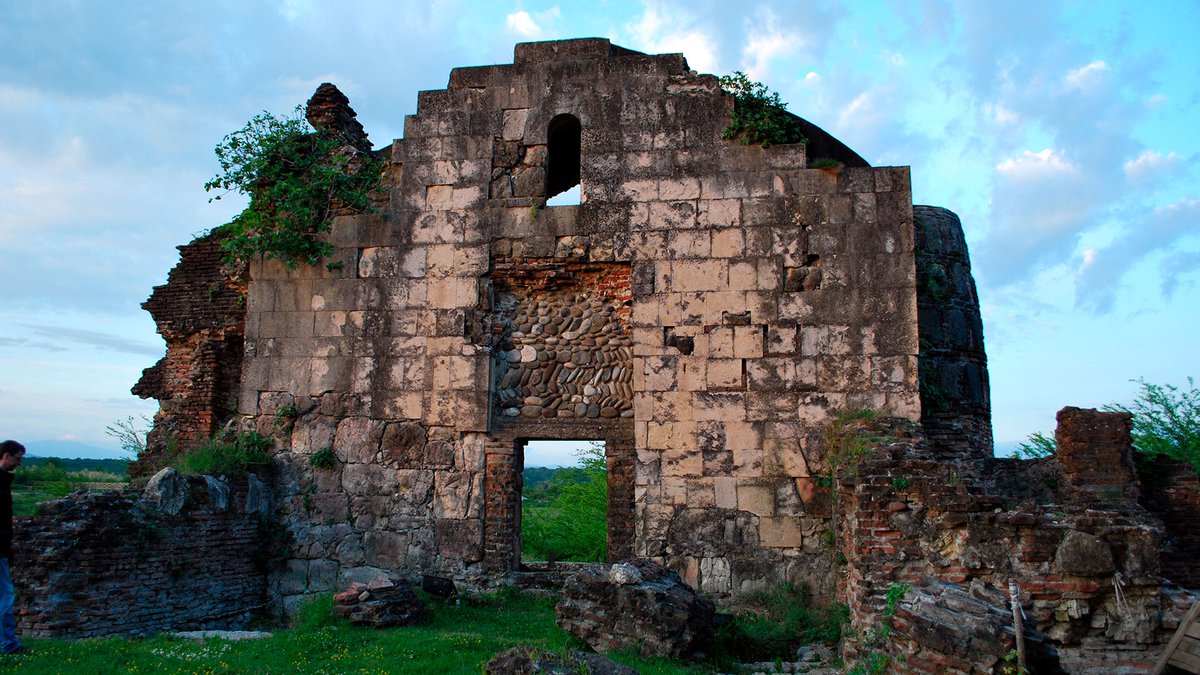
See all the sights of Georgia
-
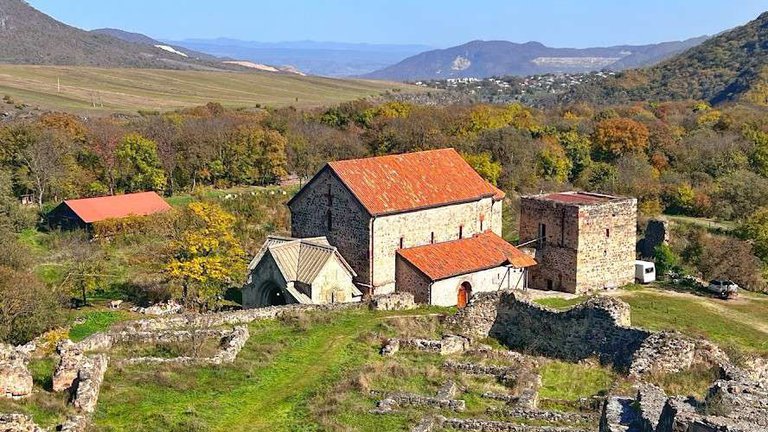
🏰 Dmanisi Sioni: An architectural wonder and an important religious center of Georgia 🌍
Sights of GeorgiaThe Dmanisi Cathedral of the Mother of God is one of the oldest churches in Georgia, buil…
-

🔮 Church of the Ascension in Ozaani: History, frescoes and architectural features of one of the most interesting sights of Georgia!
Sights of GeorgiaVisit the unique church in Ozaani! Find out how to get there, what to take with you, wher…
-

Besletsky Bridge in Abkhazia: Legends, Secrets and How to Get to This Ancient Miracle
Sights of GeorgiaHow to get to the Besletsky Bridge in Abkhazia? Where to spend the night, what to take wi…
-
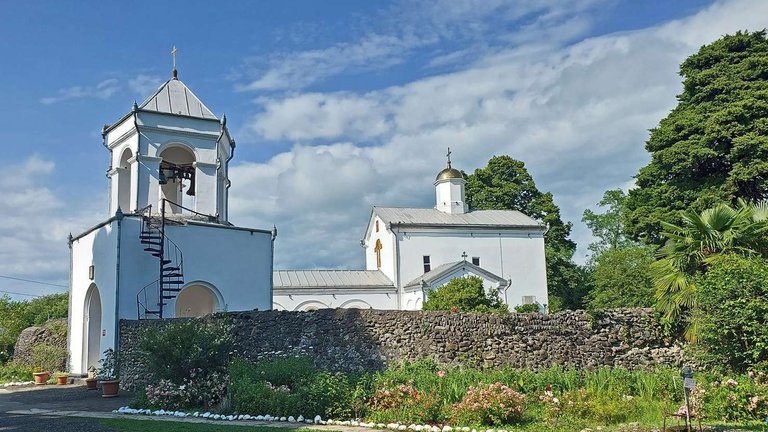
Ilori Temple in Abkhazia: Tragedy of Restoration, Disappeared Relics and Secrets Shrouded in Darkness
Sights of GeorgiaFind out everything about the Ilori Temple in Abkhazia: how to get there from different c…
-
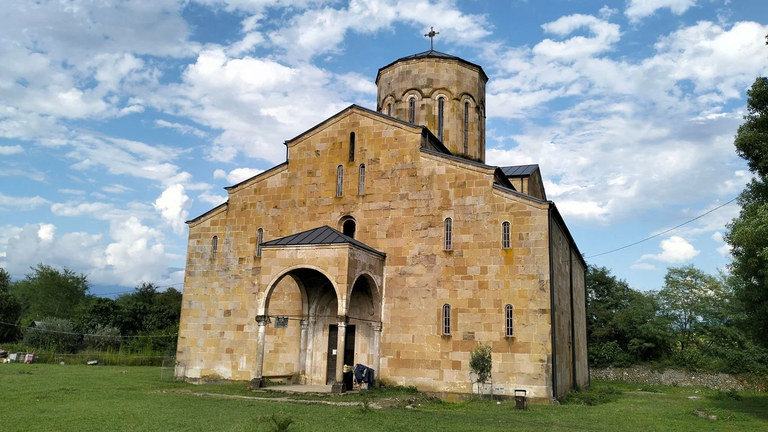
A place that defies restoration: why is the Mokva Cathedral in Abkhazia called cursed and sacred at the same time?
Sights of GeorgiaPlanning a trip to Abkhazia? Don't miss the Mokva Cathedral, one of the most ancient chur…
-
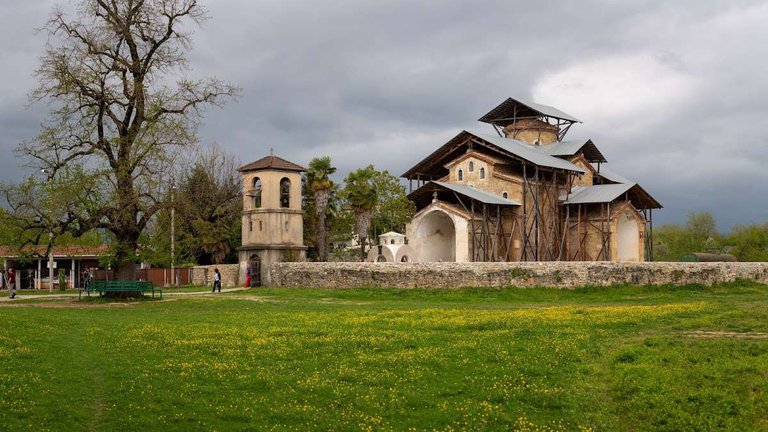
The Lykhny Church of the Dormition of the Blessed Virgin Mary is a 10th century mystery that is worth revealing!
Sights of GeorgiaFind out how to get to the temple, what to see nearby, where to eat and stay, and what sp…
-

Dranda Cathedral of the Dormition of the Blessed Virgin Mary - Find out what one of the oldest temples in Abkhazia hides
Sights of GeorgiaFind out what the Dranda Cathedral in Abkhazia hides behind it! 🌍 Discover the mysterious…
-
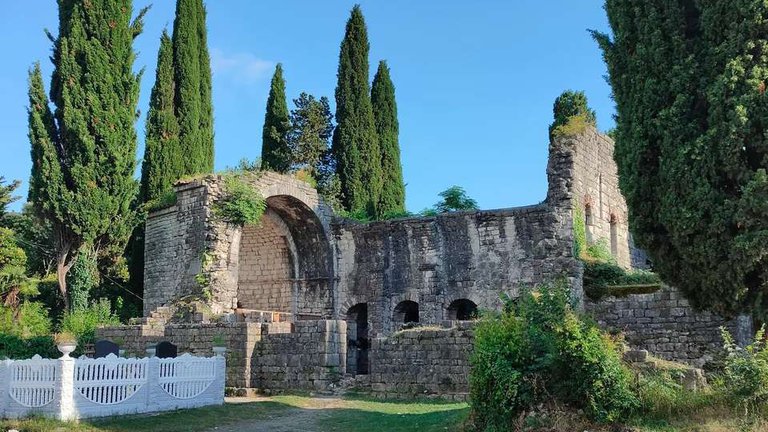
Tsandripsh Basilica: a unique Byzantine temple in Abkhazia that you must see!
Sights of GeorgiaThe Tsandrypsh Basilica is one of the most mysterious and unique sights of Abkhazia. Lear…












29 comments
Log in to leave a comment